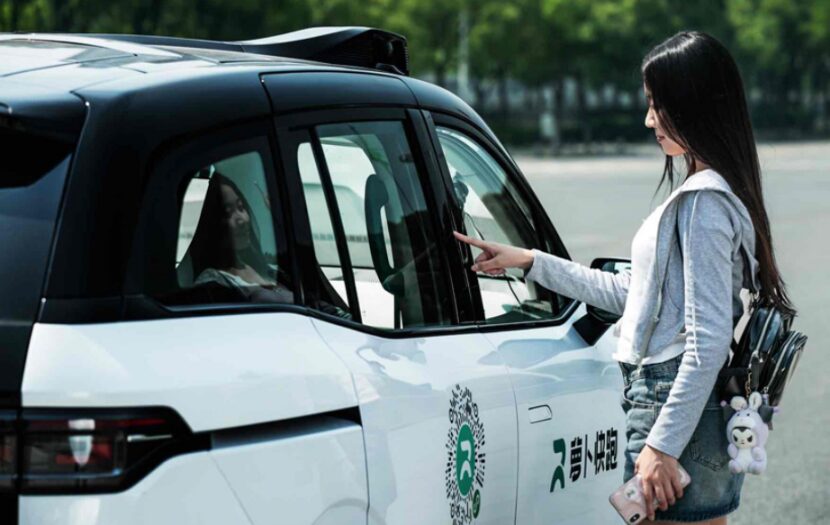Uber Gave Up on Self-Driving. Now It’s Partnering With Baidu to Win the Global Robotaxi Race.

In 2020, Uber sold its self-driving unit, a move widely seen as a white flag of surrender in the costly race for autonomous vehicle technology. It looked like they were exiting the game.
Fast forward to today, and Uber has just announced a stunning plot twist: a multi-year strategic partnership with Baidu, China’s undisputed leader in autonomous driving, to launch a global robotaxi service. How did a company that “gave up” on self-driving suddenly reposition itself at the very center of the robotaxi universe?
This isn’t a story of failure. It’s a story of a brilliant strategic pivot, where a tactical retreat was actually the first step in a plan to reshape the entire market.
From Developer to ‘Platform Empire’: Uber’s Cunning Transformation
Uber’s real endgame was never to be the best developer of technology, but to be the dominant platform for it. Think of Apple’s App Store: Apple doesn’t make every app, but it owns the ecosystem where they all live. Uber is building the App Store for autonomous vehicles.
They stopped burning cash on R&D and started collecting partners:
- The Existing Lineup: Google’s Waymo, Pony.ai, WeRide, and Momenta.
- The New Crown Jewel: And now, they’ve added Baidu’s Apollo Go, arguably the most experienced robotaxi operator on the planet.
Why Baidu? The Numbers Tell the Story
Why did Uber choose Baidu for this massive global push? Baidu’s track record is staggering and speaks for itself:
- 11 million+ completed rides as of May 2024, surpassing Waymo’s public figures.
- A fleet of over 1,000 robotaxis with 130 million kilometers driven.
- Fully driverless services (no safety operator) already operating in China.
Baidu isn’t a science project; it’s a battle-hardened, market-proven service. For Uber’s platform strategy, they are the perfect plug-and-play partner for global scale.
A Win-Win? Here’s the Real Game Being Played
On the surface, it’s a classic win-win. Baidu gets instant access to Uber’s global user base. Uber gets a world-class robotaxi service without the R&D headache.
But we need to look at the other side of the coin. The real significance is the shift in the competitive landscape.
- The Race Shifts from Tech to Scale: The battle is no longer just about who has the best algorithm. It’s about who can deploy a reliable, wide-scale service first.
- The Anti-Tesla Strategy: This “open platform” model is the philosophical opposite of Tesla’s closed, vertically integrated ecosystem. The market is now watching a grand battle between these two opposing strategies. The fact that both Uber’s and Baidu’s stock prices rose on the news shows that Wall Street is taking this open alliance very seriously.
Conclusion: The Future of Driving is Arriving on Your Phone
The Uber-Baidu partnership is more than a corporate deal; it’s an inflection point where autonomous driving moves from the lab to our daily lives.
By the end of 2025, someone in Asia or the Middle East will open their Uber app and hail a robotaxi. What was once science fiction will become a daily convenience. The success of this rollout will not just determine the fate of two companies; it will draw the map for the future of mobility. The company that “gave up” on self-driving might just be the one to deliver it to the masses. What a plot twist.
My AI Jazz Project: